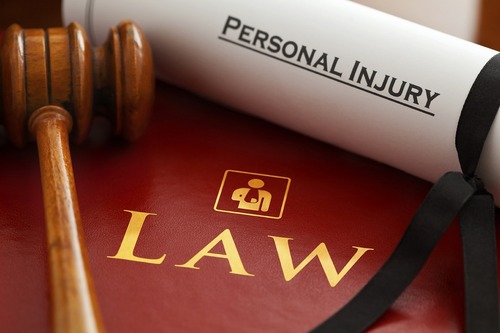Understanding The Road To Recovery: Your Path After A Personal Injury
When a personal injury disrupts your life, understanding the steps to take toward recovery isn’t just about medical care; it’s about ensuring your rights and interests are protected. From the moment an injury occurs, the actions you take can significantly impact both your health and any potential legal claims. Handling the situation with diligence and knowledge can steer your journey towards a more favorable outcome. Below, this article maps out the essential steps to take if you find yourself nursing an injury due to someone else’s negligence.
Understanding Your Legal Rights and Options
Understanding the legal implications of your injury is paramount. Different types of injuries have varying legal considerations. For example, a workplace injury may involve workers’ compensation while a traffic accident could lead to a civil lawsuit. Grasping the subtleties of the law in your particular situation is key to a sound recovery approach.
It is prudent to be aware of the statute of limitations in your area, which dictates the timeframe within which a legal action must be initiated. Missing this deadline could jeopardize your chance to pursue any form of legal recourse. Each state or jurisdiction has its own specific deadlines and rules that must be closely adhered to.
For those considering a personal injury claim, understanding what constitutes negligence and how it is proven legally can be complex. Typically, demonstrating that the responsible party owed a duty of care, breached that duty, and caused an injury that resulted in damages is essential.
Seeking Medical Evaluation and Documentation
After a personal injury, seeking prompt medical attention is crucial, even if injuries don’t appear severe. Some conditions have delayed symptoms, and early diagnosis can prevent complications. Inform the medical professionals about the accident’s nature so that the link between the incident and the injuries is well-documented.
The medical records from your evaluation will be vital pieces of evidence should you seek a compensation claim. It establishes a medical history that correlates directly with the incident, detailing the extent of injuries and the treatments required. Keeping all medical appointments and following the prescribed treatment plan is important for both healing and legal purposes.
Beyond initial treatment, keep track of your recovery progress. Document symptoms, pain levels, and how the injury impacts your daily life. Maintaining a detailed journal can help illustrate the injury’s long-term effects, which can be critical in valuing your claim.
Navigating Insurance Claims and Documentation
Dealing with insurance companies is often an intricate part of the post-injury process. Whether you’re filing a claim with your insurer or the at-fault party, be prepared for a meticulous review of details. Accurate, thorough documentation is your best ally in this step.
Contact your insurance provider as soon as possible to report the injury. Most policies impose a strict timeline for notification and filing claims. Delaying this step could negatively affect coverage eligibility. During communications, stick to the facts and avoid speculation or statements that could be construed as admissions of fault.
Insurance adjusters will scrutinize every aspect of the claim, so maintaining organized records of all related expenses is essential—preserving receipts for medical treatments, rehabilitation, and any other costs incurred because of the injury. Detailed records can substantiate your claim and help ensure appropriate compensation.
The Role of Personal Injury Lawyers in Protecting Your Interests
Personal injury lawyers play a critical role in advocating for your interests after an injury. These legal professionals specialize in navigating the complications of personal injury law and can be invaluable in ensuring that your rights are upheld. From negotiating with insurance companies to representing you in court, they can handle the legal heavy lifting.
Selecting an experienced attorney who has handled similar cases to yours can significantly impact the success of your claim. An adept lawyer will gather the necessary evidence to bolster your case, identify the full extent of your actionable damages, and work tirelessly to secure the compensation you deserve.
Overall, a personal injury can entail a plethora of considerations extending beyond immediate health care. It involves meticulous documentation, understanding complex legal rights, navigating insurance intricacies, and perhaps securing a legal advocate. By taking informed and calculated steps, you can safeguard your health, rights, and financial well-being in the aftermath of an injury.




